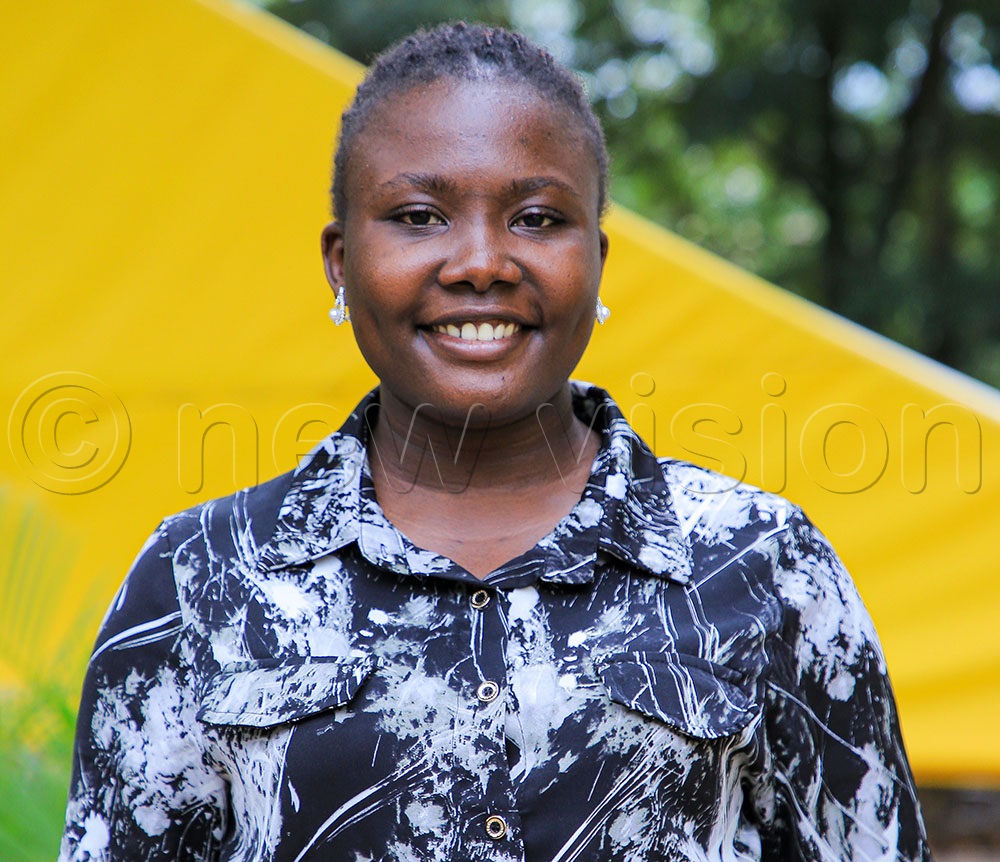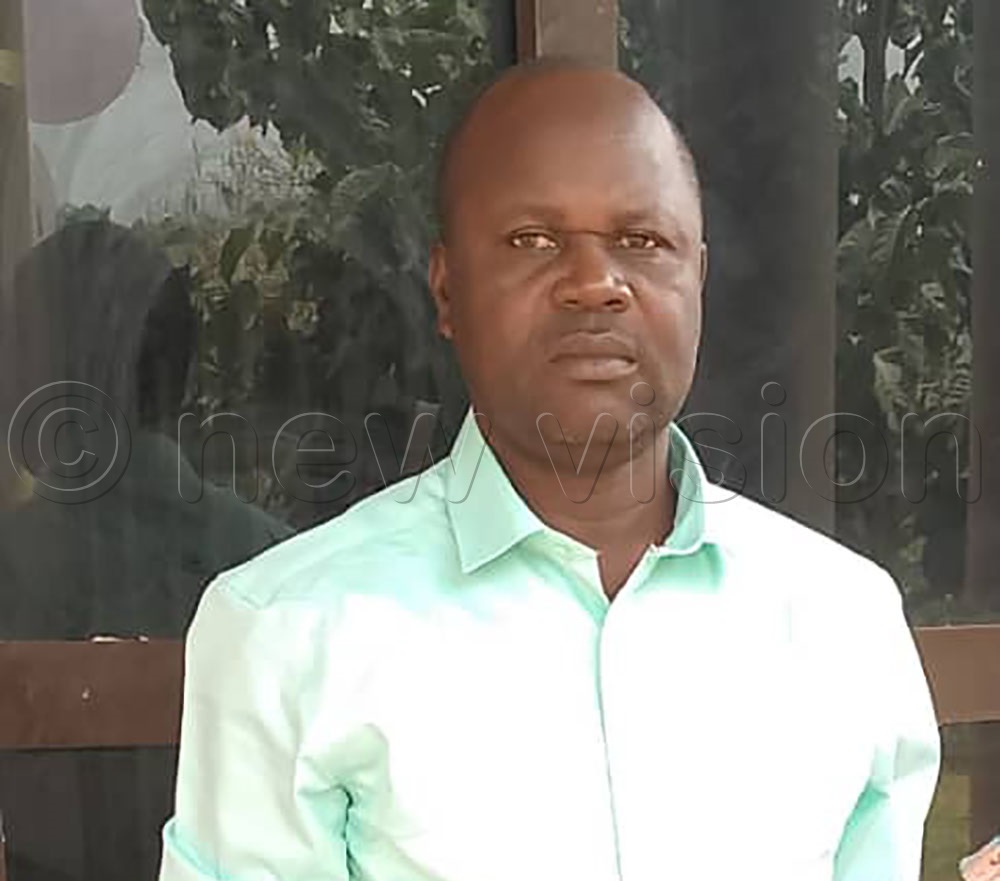How Kyenjojo villages brought clean water to their doorsteps
Despite the Government's effort to improve access to clean water in the country, Kyenjojo district continues to struggle, with residents sharing sources with animals.
For decades, Masese and its neighbouring villages: Burago, Ntengo, and Kisangi, struggled under the devastating weight of a water crisis.
Mzee Baguma, with a bent back, walks with the support of a stick. He is lonely since his relatives, including grandchildren, stay far from him. Water is much needed for washing and cooking, but the wells are about 15km away, which is a long distance for him.
Baguma is among the residents of Kyenjojo district’s Masese village; a vibrant but long-suffering community that, until recently, was defined by one shared burden: The desperate search for clean, safe water.
For decades, Masese and its neighbouring villages: Burago, Ntengo, and Kisangi, struggled under the devastating weight of a water crisis.
Over 500 households faced the same grim reality every day: waking before sunrise, trudging miles in search of water, often settling for unsafe sources from swamps and contaminated wells.
Waterborne illnesses became routine. Children missed school, women lost productive hours, and health facilities were overwhelmed. Hope, like water, was scarce.
The breaking point
The situation in Masese reached a critical point in 2022. The only remaining borehole had long since broken down. A growing population placed an impossible strain on a failing system.
The community’s cry for help had echoed for years, but no lasting solution had come. The participatory research work done by Twaweza East Africa shows that the community had to come up with collective efforts to address the problem.
It was in this moment of urgency that something extraordinary began to take root not from outside, but from within.
Through participatory action research (PAR) tools, change agents (CAs), citizen follow-up committees (CFCs), and local village chairpersons came together with ordinary community members. They did not wait for saviours. They became their own.
The first step was humble but symbolic: Reviving a long-defunct shallow well that once served Masese and Burago. This well had stood for years, useless and dry, a monument to what once was. But now, with pooled resources, community fundraising, and the spirit of shared responsibility, it was reborn.
A mechanic was hired. The well was repaired. For the first time in years, water flowed again. Cheers echoed as children splashed joyfully and elders filled jerrycans without walking miles. But the joy was tempered with realism. One shallow well, however restored, could not serve four thirsty villages. A larger vision was needed to solve this complex issue.
Babra Nakandi, the aspiring Youth MP Western Region.
Together as a team
Armed with a newfound sense of unity, the community turned its eyes to long-term change. Using PAR methods, the villagers held bottom-up planning meetings. These were not ordinary gatherings; they were people-powered forums where every voice mattered.
The meetings brought together village leaders, Change Agents, CFCs, and citizens from all walks of life. They debated, brainstormed, and developed a clear and actionable plan: to be recognized in the town council’s work plan and budget for a piped water system.
They succeeded
The water crisis of Masese, Ntengo, Burago, and Kisangi was formally documented in the Rugombe Town Council’s annual plan. It was no longer an invisible problem; it was an official priority.
Still, the community did not stop there. They drafted a petition to their Woman Member of Parliament, Faith Fulo Kunihira, who responded with critical advice: approach the regional Water Umbrella offices in Kyenjojo.
These offices, part of Uganda’s decentralized water governance system, offered the technical expertise and institutional links the community needed to move from planning to construction.
When hope becomes infrastructure
By May 2024, change broke ground literally. The National Water and Sewerage Corporation (NWSC), in coordination with local authorities and community leaders, began the long-awaited water extension project. Massive trenches were dug.
Main pipelines were laid, snaking across hills and through banana plantations. The sound of machines working under the African sun was not just noise; it was a song of liberation. Each person in the community sang songs of joy and rescue, no longer moving long distances. The over-struggle is gone.
For the first time in history, the four villages were connected by a single infrastructure of promise. The piped water system was no longer a dream; it was a reality under construction.
Now, the community stands on the cusp of transformation. The final phase of the project, extending the pipes into individual households, is underway. Soon, residents will turn on a tap in their homes and see clean, safe water pour out. This is what they once prayed for. It’s a true dream that comes to life.
What changed everything
This story is not merely about pipes or plans; it’s about people. What has changed in Masese was not just infrastructure. It was a mindset. It was collective courage. It was communities moving from resignation to responsibility.
The use of Participatory Action Research allowed ordinary citizens to understand the systems that govern their lives and how to engage them. Change Agents became leaders. Villagers became advocates. Citizens became planners and problem-solvers.
Local leaders say the success in Masese and its neighboring villages has become a beacon for other rural communities in Kyenjojo and beyond. It proves that when empowered with the right tools, people at the grassroots can lead meaningful, sustainable change. It proves that bottom-up planning is not just a buzzword; it is a lifeline.

Johnathan Nyakatura the chairman LCII of Kinogero Parish.
Today, the people of Masese are no longer defined by their thirst. They are defined by their triumph, where once they waited for water, they now wait for a future healthier, safer, and built by their own hands.
The game changer is now that when the taps finally open in every household, the water that flows will not just quench thirst. It will tell a story of community, courage, and the unstoppable power of collective action.
Local leaders say the district has been hit hard by water crisis, so they urge top officials to step in.
Barbra Nakandi, the aspiring youth MP for western Uganda on the National Resistance Movement card, says even when water is clean, some locals lack the expertise to maintain it. She believes that once leaders come together to sensitize on the proper usages of wells it could play a protagonist role.
“We need to educate our people on how to keep water safe, some of them pollute unknowingly,” she says.
Johnathan Nyakatura, the chairman local council Two of Kinogero parish says Kyenjojo district has faced a frequent water crisis and it is affecting locals through trekking long distances and also get infected with malaria.
He worries that besides Katooke town council to have piped water, the rest of the villages remain with traditional water systems like rivers and open wells.
“Our role is to talk but we have no manpower to the budget, the top leaders delay,” he says.
Tadeo Akugizibwe the chairman of Kirongo village in Bucuni Kyenjojo Town councils complains of the same problem saying piped water is only in the town councils. Leading a village of about 5000 people including children the cases of malaria is becoming complex to manage.
Doreen Nyanjura the aspiring member of parliament for Mwenge central to be says Kyenjojo is one of the fastest growing districts with a stable income but unclean water remains a big challenge.
To uproot the problem, she is now lobbying support from different non governmental organizations to repair broken boreholes and also using personal funds like any other committed leader.
“In other districts the water our people are using cannot be used by even animals. Water is life so it should be clean for use,” she says.
Statistics
Despite the Government's effort to improve access to clean water in the country, Kyenjojo district continues to struggle, with residents sharing sources with animals.
According to data from the district water office, less than 50% of the 552 villages have access to clean water.
During a field appraisal of the solar-powered Kaizikashya gravity flow water supply and sanitation scheme in Kihura sub-county by officials from the Islamic Development Bank (IsDB) and the Lives and Livelihoods Fund (LLF) and Kyenjojo district officials, Phillip Katongole, a resident of Kyaboha village in Kihura sub-county, said they share the water sources with animals.
Julius Ayubu, a resident of Kyankaramata village in the same sub-county, said the system does not cover the entire area.
"The system only covers the villages of Kyaboha, Rusese, Kyamalaya, Kyankaramata and Kyakirendu. We are appealing to the Government to connect the entire sub-county because people are still struggling to access safe and clean water," he said.
Eng. Isaac Opolot, the team leader for Toro and Rwenzori clusters, says the system has a capacity to produce 20,000 litres of water per hour and serve 3,723 households spread across five villages in Kihura sub-county.
"Through the project, people are now able to get safe and clean water in their homes at cheap prices and we have also installed public standpipes in the trading centres where people can access clean water," Opolot said.
He said in Kyankaramata village, they have also constructed an animal feeding trough for the communities, because previously they have been sharing a water source with animals.
Julius Kalemere, the LC1 chairperson for Kirendu village, said by providing clean water, the project will eliminate poverty and domestic violence in the community.
Gilbert Rubaihayo, the Kyenjojo district chairperson, said such interventions will improve the district's water coverage.
Whereas some other villages in sub counties like Katooke access to clean water is a big challenge. Most of them share water with animals. For instance, in Kinogero parish, Kyakaboyo, where the minister of tourism, Tom Butiime, comes from the challenge of water keeps skyrocketing.
According to the local government ministry, which is implementing the project, the development partners have agreed to expand the project's reach from the current 17 to 55 districts across Uganda.